Announcing Fall 2021 PEAK Experiences Awardees
Several engineering students and science students mentored by COE faculty are recipients of Northeastern’s Fall 2021 PEAK Experiences Awards. The PEAK Experiences Awards are a progressively structured sequence of opportunities designed to support learners as they continue climbing to new heights of achievement in undergraduate research and creative endeavor throughout their Northeastern journeys.
| ASCENT AWARDS |
|---|
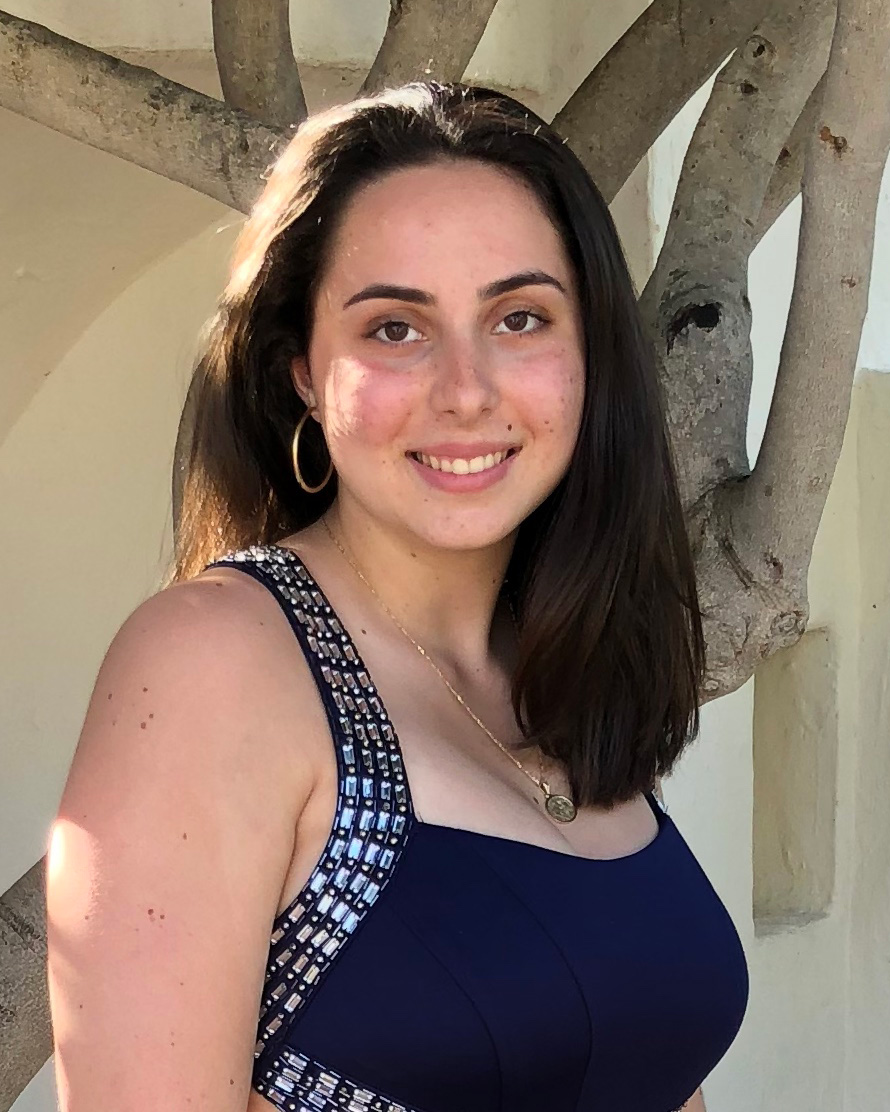 Shana Broitman, E’23, “Overcoming STING Silencing in Cancer Cells through Ribonucleoprotein Strategy ” Shana Broitman, E’23, “Overcoming STING Silencing in Cancer Cells through Ribonucleoprotein Strategy ”Mentor: Professor Jiahe Li, Department of Bioengineering, COE In order to evade anti-tumor immune responses, cancer cells can evolve to downregulate or completely lose Stimulator of Interferon Genes (STING) expression. We propose the use of ribonucleoproteins (RNPs) to directly target and overcome STING silencing in tumor cells. For in vitro and in vivo delivery, the RNPs would be fused with Omomyc, a protein capable of penetrating tumor cells. To improve the stability of this complex and potentiate STING signaling, we will utilize protein engineering to enhance the resistance of recombinant STING proteins to lysosomal degradation. Our results will be presented at RISE and published in a professional journal. |
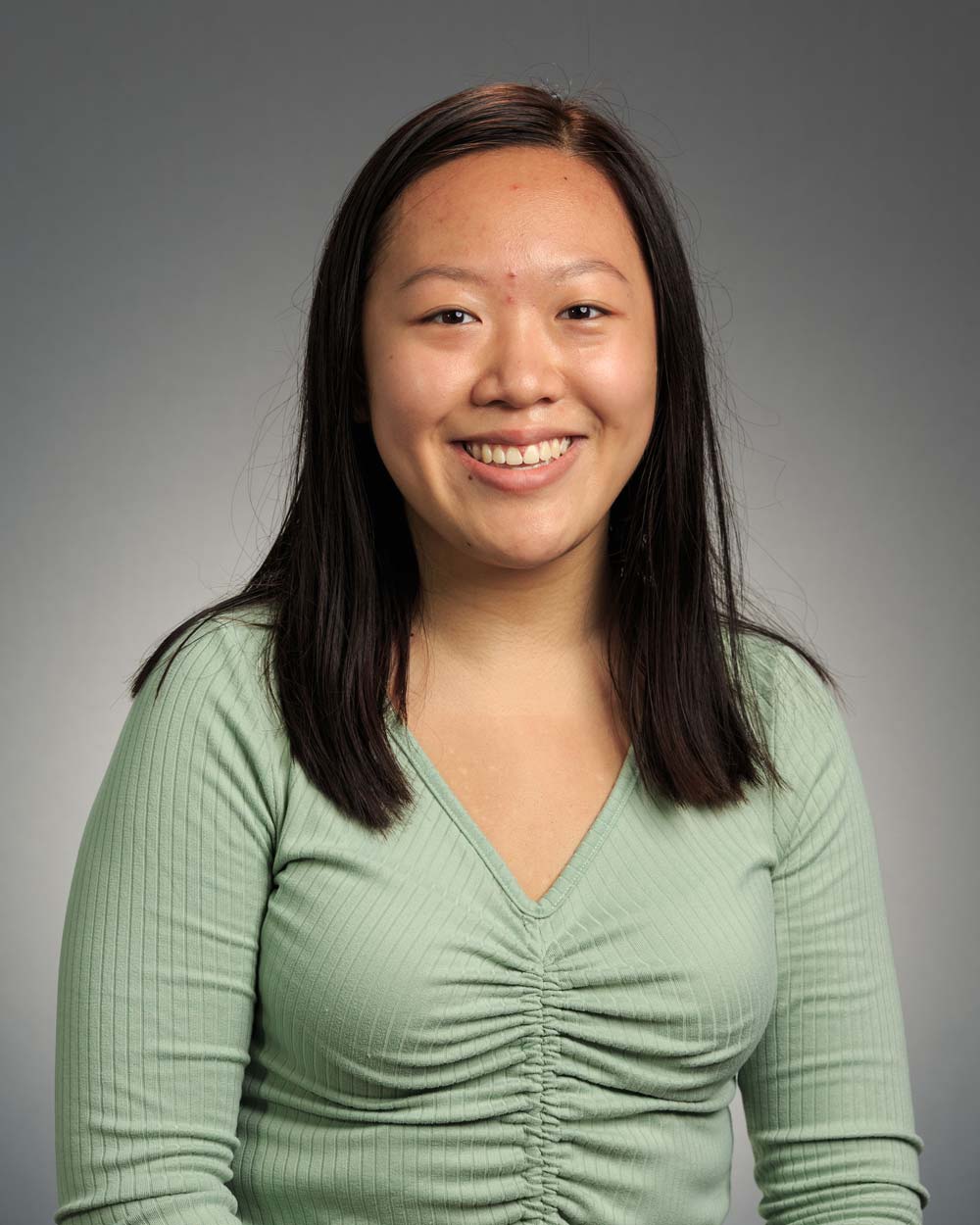 Amber Chow, E’25, “Crh-1 and Neuroregeneration in C. elegans” Amber Chow, E’25, “Crh-1 and Neuroregeneration in C. elegans”Mentor: Professor Samuel Chung, Department of Bioengineering, COE C. elegans is a model organism for biological research due to its simple genetics, short lifespan, and self-fertilization. The crh-1 gene is known to regulate its lifespan and is an ortholog to CREB-1 in humans that stimulates DNA transcription. However, the role of crh-1 in neuronal regeneration is not well defined. This project will explore crh-1 and regeneration across different neurons in C. elegans. We use femtosecond laser ablation to shoot neurons in wildtype and mutant crh-1, then compare regeneration data between them. Studying pathways behind neuronal regeneration could have significant applications in central nervous system injuries and neurodegenerative disorders. |
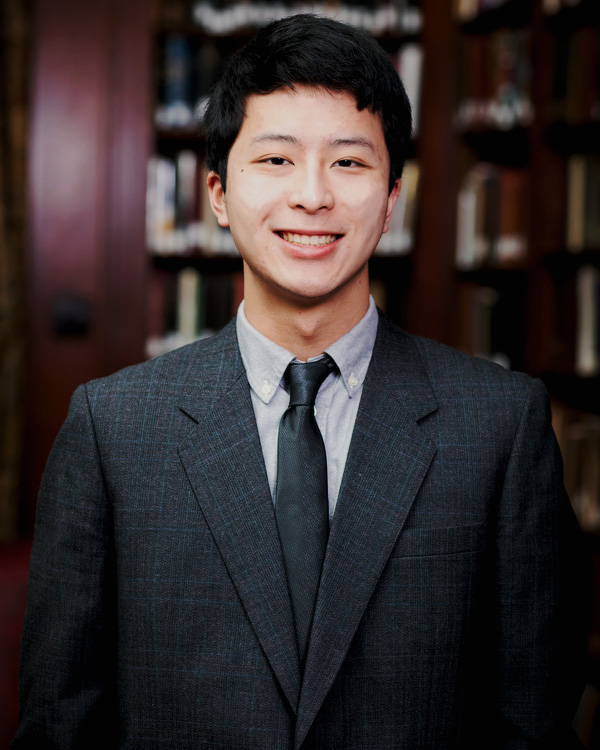 Jarred Chow, E’22, “The Effects of Chronic and Acute Exercise and Diet on Cell Senescence and Bone Structure in Mice” Jarred Chow, E’22, “The Effects of Chronic and Acute Exercise and Diet on Cell Senescence and Bone Structure in Mice”Mentor: Professor Sandra Shefelbine, Department of Bioengineering, COE This project investigates the effects of exercise, diet, and radiation on bone cell senescence and bone structure. By using beta-gal stains and micro-CT scans, the cell senescence and structure of the bone can be quantified and used to compare experimental and control groups subject to conditions simulating a healthy or sedentary lifestyle while under the effects of radiation. The goal of the project is to improve our understanding of how chronic and acute behavior affects bone senescence and structure, the result of which could help inform therapeutic approaches to patients diagnosed with cancer or osteoporosis. |
 Aidan Gould, E’22, “Computational Fluid Dynamics of Ocean Transport with Machine Learning” Aidan Gould, E’22, “Computational Fluid Dynamics of Ocean Transport with Machine Learning”Mentor: Professor Michael Allshouse, Department of Mechanical and Industrial Engineering, College of Engineering A machine learning AI system, already under development at Northeastern, could be adapted to better understand ocean currents. After modification and validation of the tool, it could provide a new way to analyse ocean data which gives insight into how ocean currents transport sea water and objects within it. I plan to present the results at Northeastern’s RISE conference. |
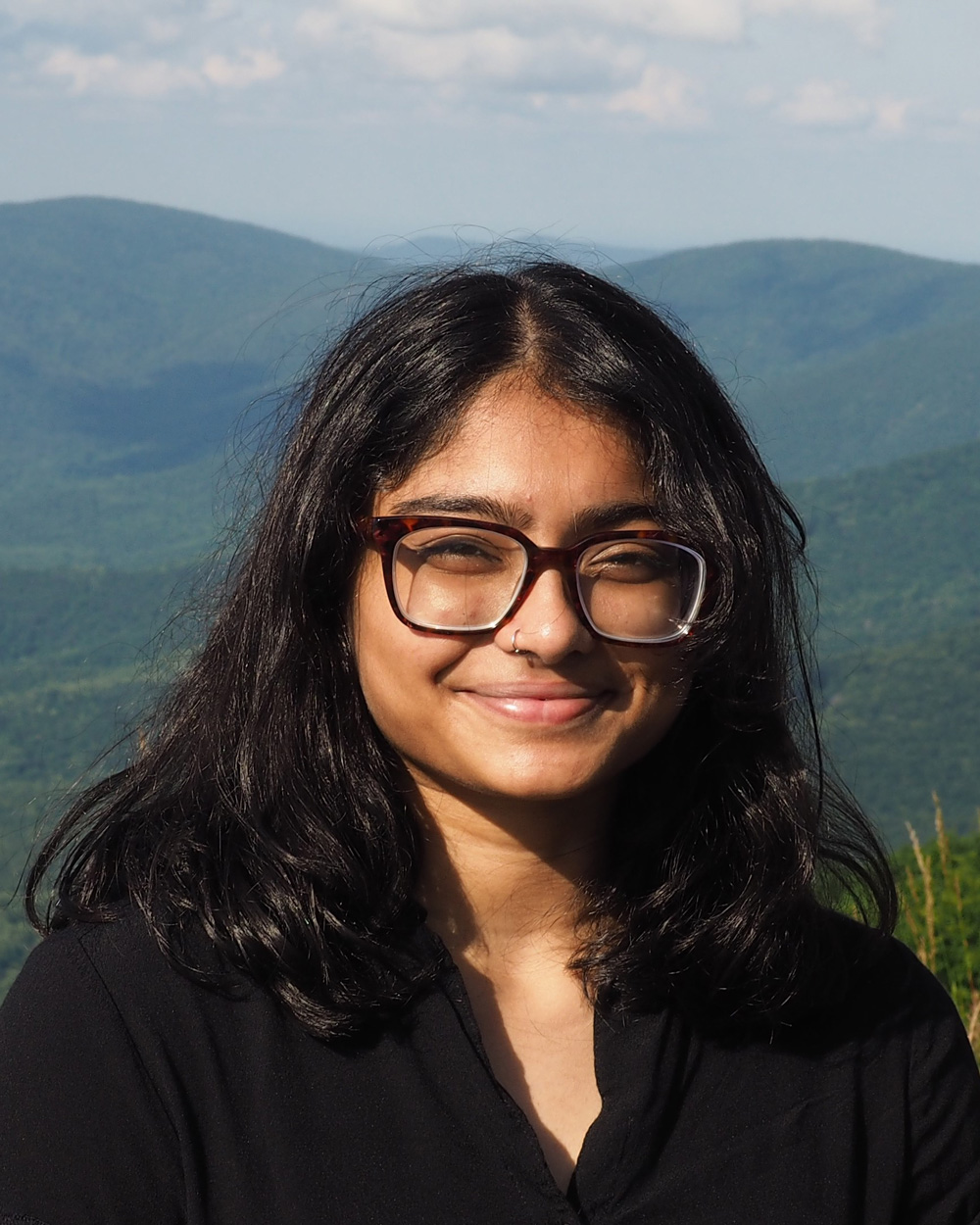 Pragnya Kalidindi, E’21 and Marybeth Rockett, COE’21, “Semi-automatic Telescoping and Locking White Cane with Ice-Detecting Omni-Directional Tip for Blind Users” Pragnya Kalidindi, E’21 and Marybeth Rockett, COE’21, “Semi-automatic Telescoping and Locking White Cane with Ice-Detecting Omni-Directional Tip for Blind Users”Mentor: Professor Michael Jaeggli, Department of Bioengineering, COE White canes are used by visually impaired pedestrians to provide safety and navigation assistance. Current devices on the market are used for detecting obstacles and identifying the user as visually impaired. While current white canes are useful, there are many improvements that can be made to improve user experience. Common issues include manual deployment and retraction, limited functionality in certain weather conditions and terrains, and poor durability. Our proposed design is a telescoping cane that can extend and retract automatically with a button and a multi-terrain tip that can detect ice. |
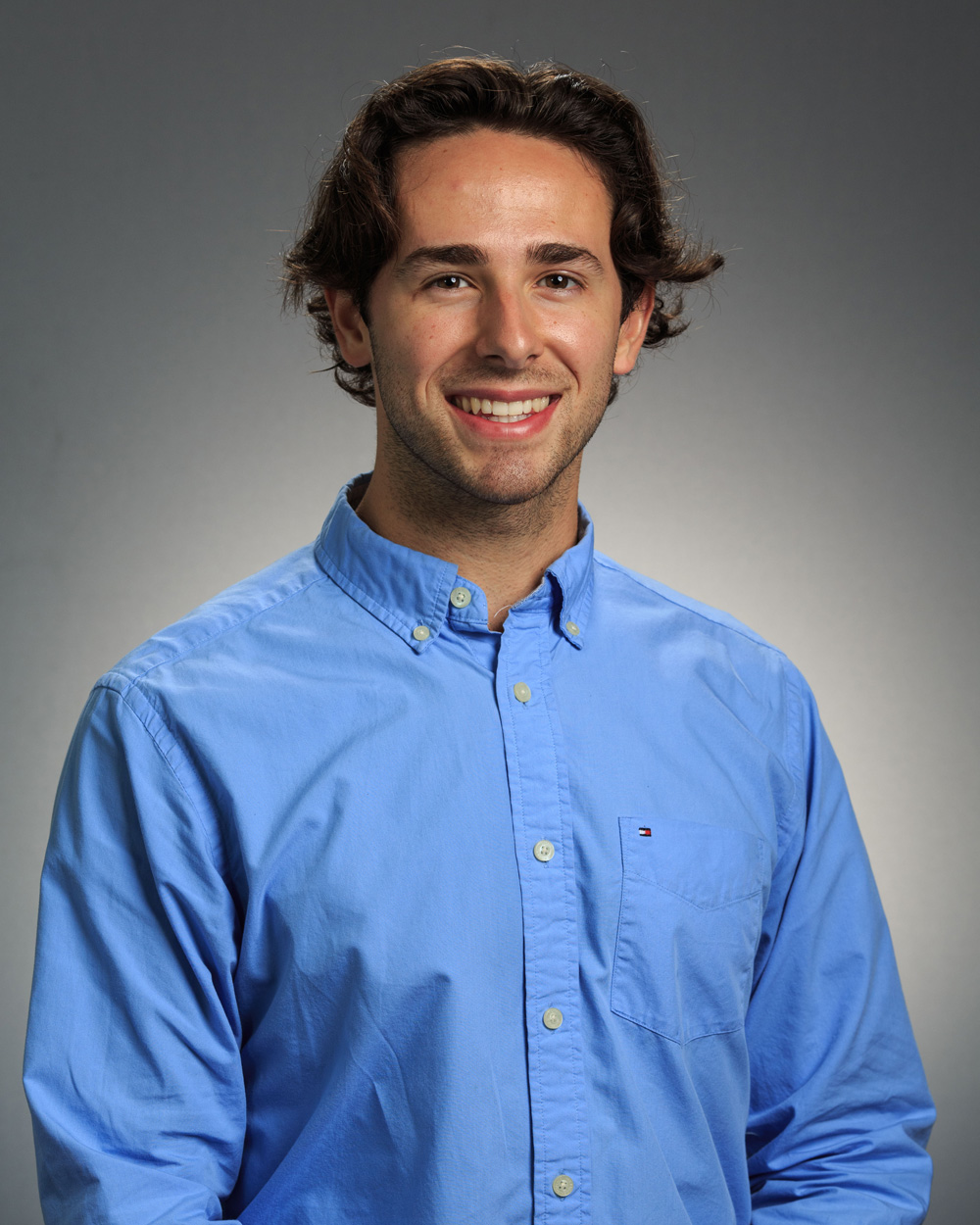 Aidan Kenny, E’24, “Mimicking Schwann Cell Media for Glial Differentiation of Stem Cells” Aidan Kenny, E’24, “Mimicking Schwann Cell Media for Glial Differentiation of Stem Cells”Mentor: Professor Ryan Koppes, Department of Chemical Engineering, COE Recently, our lab developed and patented a way to differentiate olfactory-derived mesenchymal stem cells (OM-MSCs) to a Schwann cell-like phenotype using Schwann cell culture media (SCCM) for use in peripheral nerve repair. This process requires a ready supply of Schwann cells so a less invasive method is needed for differentiating OM-MSCs. This project seeks to artificially create SCCM by combining various growth factor proteins with neural basal media. We expect growth factors are responsible for this differentiation so artificially creating media will match or exceed the function of SCCM. Results will be disseminated through peer-reviewed papers and applicable conferences. |
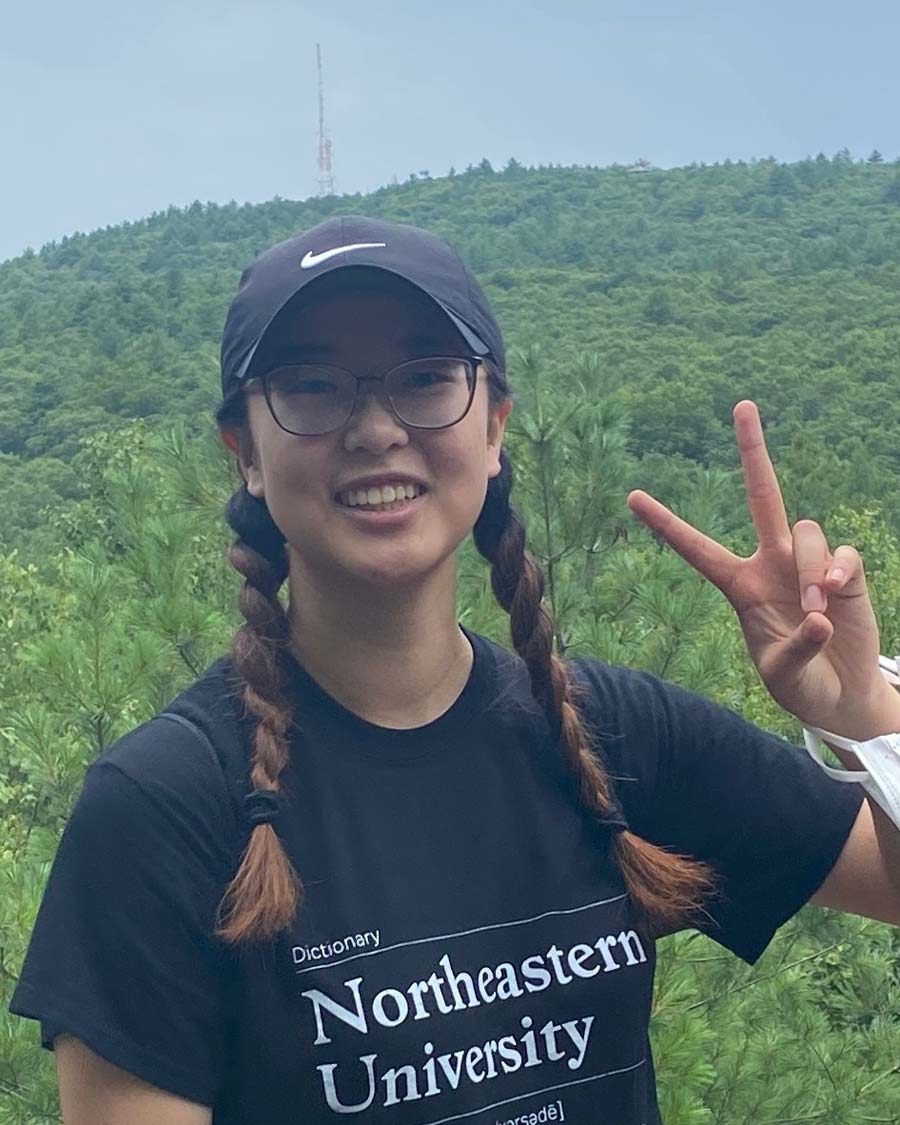 Lauren Liang, E’24, “Optimization of Doxorubicin-Loaded Nanoliposomes Using in Vitro TNBC Spheroid Model” Lauren Liang, E’24, “Optimization of Doxorubicin-Loaded Nanoliposomes Using in Vitro TNBC Spheroid Model”Mentor: Professor Debra Auguste, Department of Chemical Engineering, COE The purpose of this project is to formulate liposomes loaded with doxorubicin, an anti-cancer drug, to be used as vehicles for drug delivery to combat triple-negative breast cancer. Triple-negative breast cancer cells are incredibly difficult to target with current therapeutics due to their lack of key receptors. In this project, tumor spheroid models will be introduced to drug-loaded liposomes and observed to determine the efficacy of this drug delivery method. This will be achieved by observing the stability of the liposomes, depth of liposome penetration, as well as their cytotoxic capabilities. |
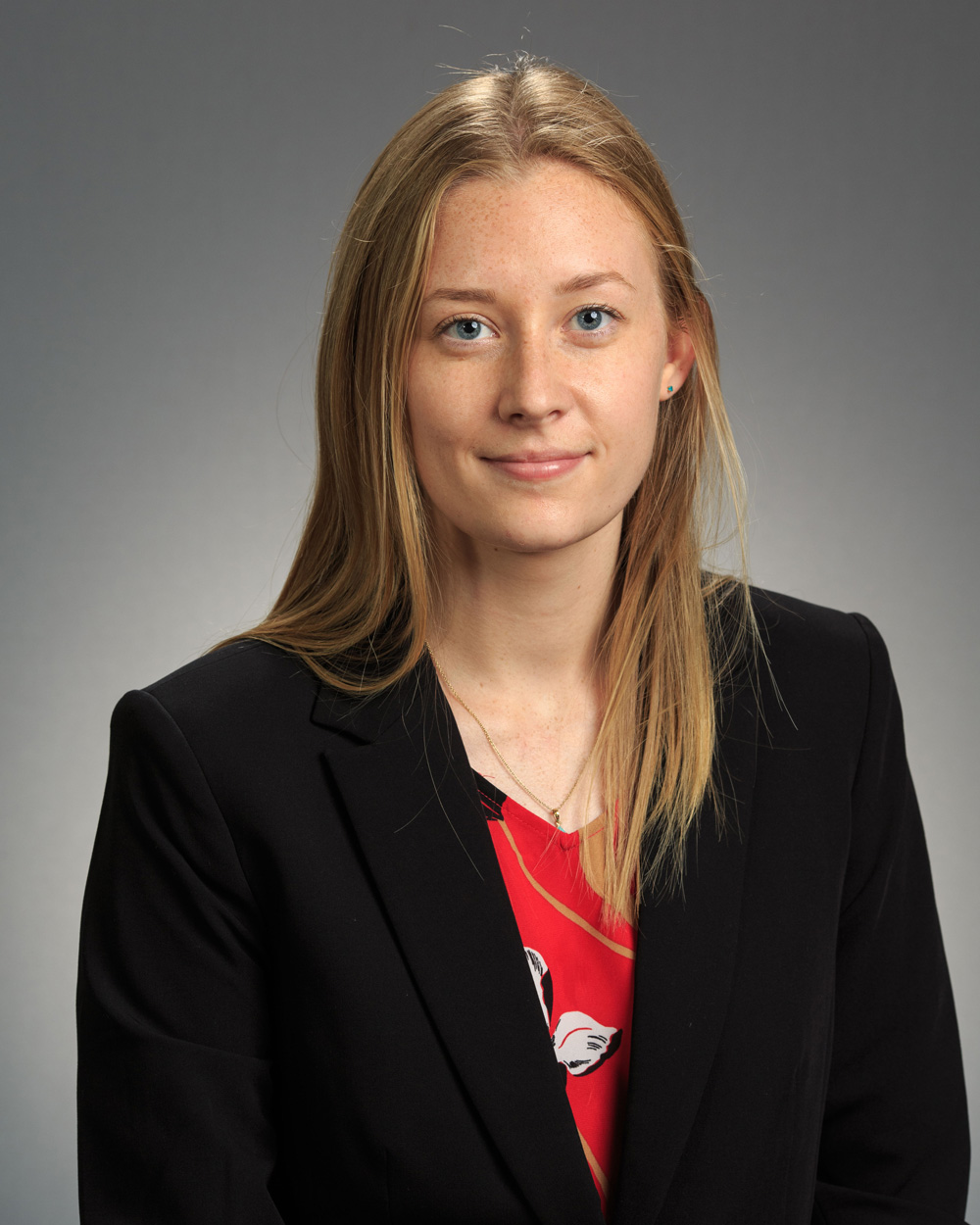 Meagan Morgan, E’23, “Measuring the Effects of Juul (E-Cig) and Wildfire Smoke Exposure on Murine Bone Biomechanical Properties” Meagan Morgan, E’23, “Measuring the Effects of Juul (E-Cig) and Wildfire Smoke Exposure on Murine Bone Biomechanical Properties”Mentor: Professor Sandra Shefelbine, Department of Mechanical and Industrial Engineering, COE This project aims to explore the effects of e-cigarette and wildfire smoke inhalation on bone strength and structure in mice. From the growing popularity of e-cigarettes over tobacco and rising severity of wildfires, particularly in the western United States, recent public exposure to these vapors has increased. This project will assess the effects of JUUL aerosols (e-cigarettes) and wildfire smoke by analyzing micro-CT images and stress-strain relationships from 3-point bending tests. Anticipated outcomes include a better sense of how these types of smoke affect bone properties during short- and long-term exposure. Results will be shared via a journal paper submission. |
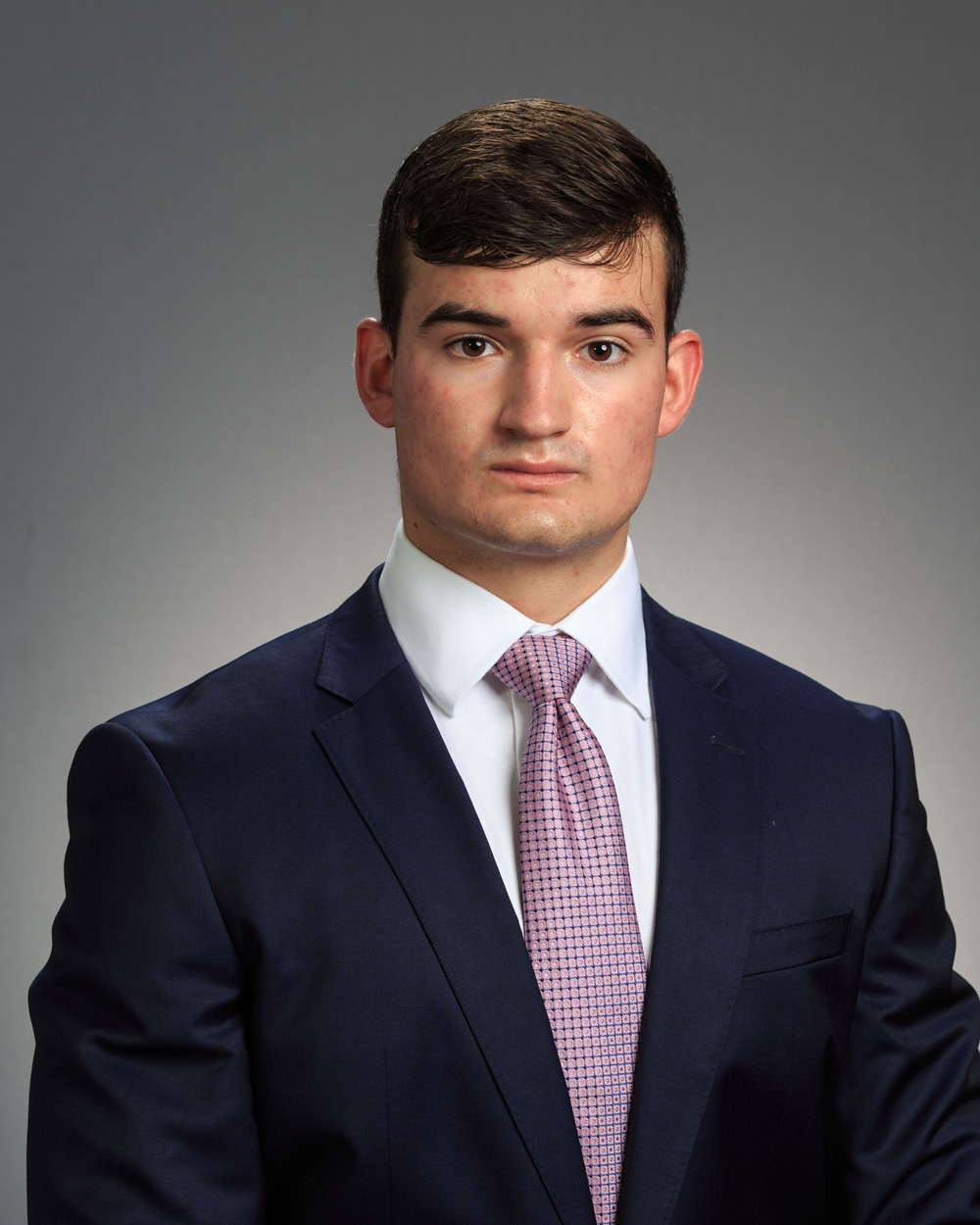 Jason Olszewski, E’25, “Development of a Functional, Collagen Label for Long-Term Imaging in Living Systems” Jason Olszewski, E’25, “Development of a Functional, Collagen Label for Long-Term Imaging in Living Systems”Mentor: Professor Jeffrey Ruberti, Department of Bioengineering, COE The long-term goal of my research is to understand the mechanism of tissue formation through the study of collagen assembly. Specifically, I aim to develop a collagen labeling protocol by optimizing a current procedure utilizing a fluorescent probe to enable enhanced visualization of collagen assembly via increased fluorescence without altered assembly kinetics. Results will be assessed through cell culture, and quantification of collagen concentration, kinetics, and fluorescence. Development of this protocol will permit researchers to perform non-obstructive dynamic observation of collagen assembly during tissue growth. I plan to present my results at the RISE, SB3C and Sigma Xi research conferences. |
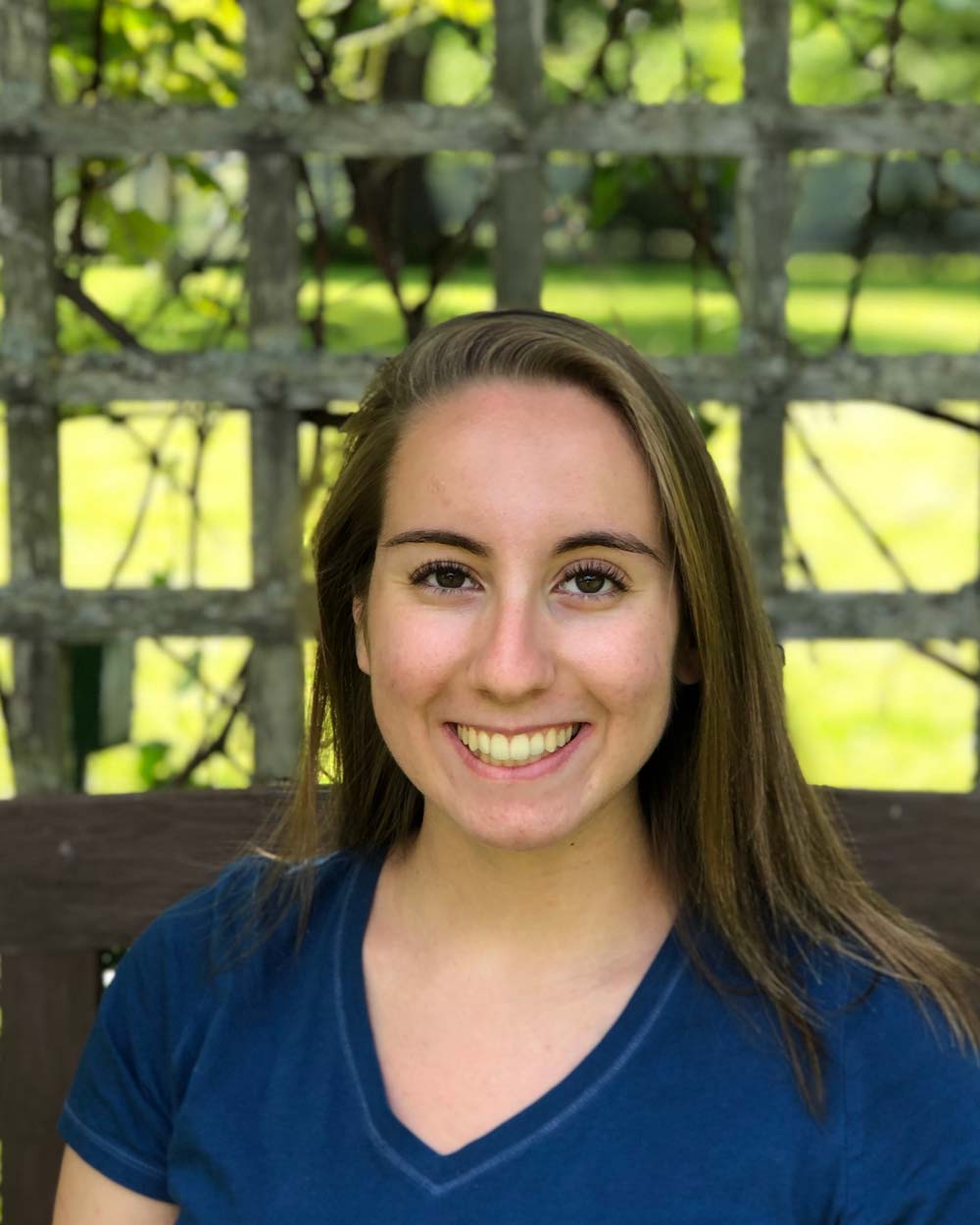 Olga Prifti, E’23, “Identifying Transcription Factors that Regulate Vindoline Biosynthesis” Olga Prifti, E’23, “Identifying Transcription Factors that Regulate Vindoline Biosynthesis”Mentor: Professor Carolyn Lee-Parsons, Department of Chemical Engineering, COE Catharanthus roseus is a plant that produces vindoline, a chemical precursor to the anticancer drugs vinblastine and vincristine. Vindoline is produced exclusively in the leaves in very small quantities. While seven enzymatic steps have been identified in the biosynthetic pathway of vindoline, the mechanisms responsible for gene expression in this pathway are still being investigated. This project examines the role of several candidate transcription factors in regulating vindoline biosynthesis. These transcription factors are silenced, and the resulting impact on gene expression in the vindoline pathway is monitored using methods of RNA extraction and quantitative polymerase chain reaction (qPCR). |
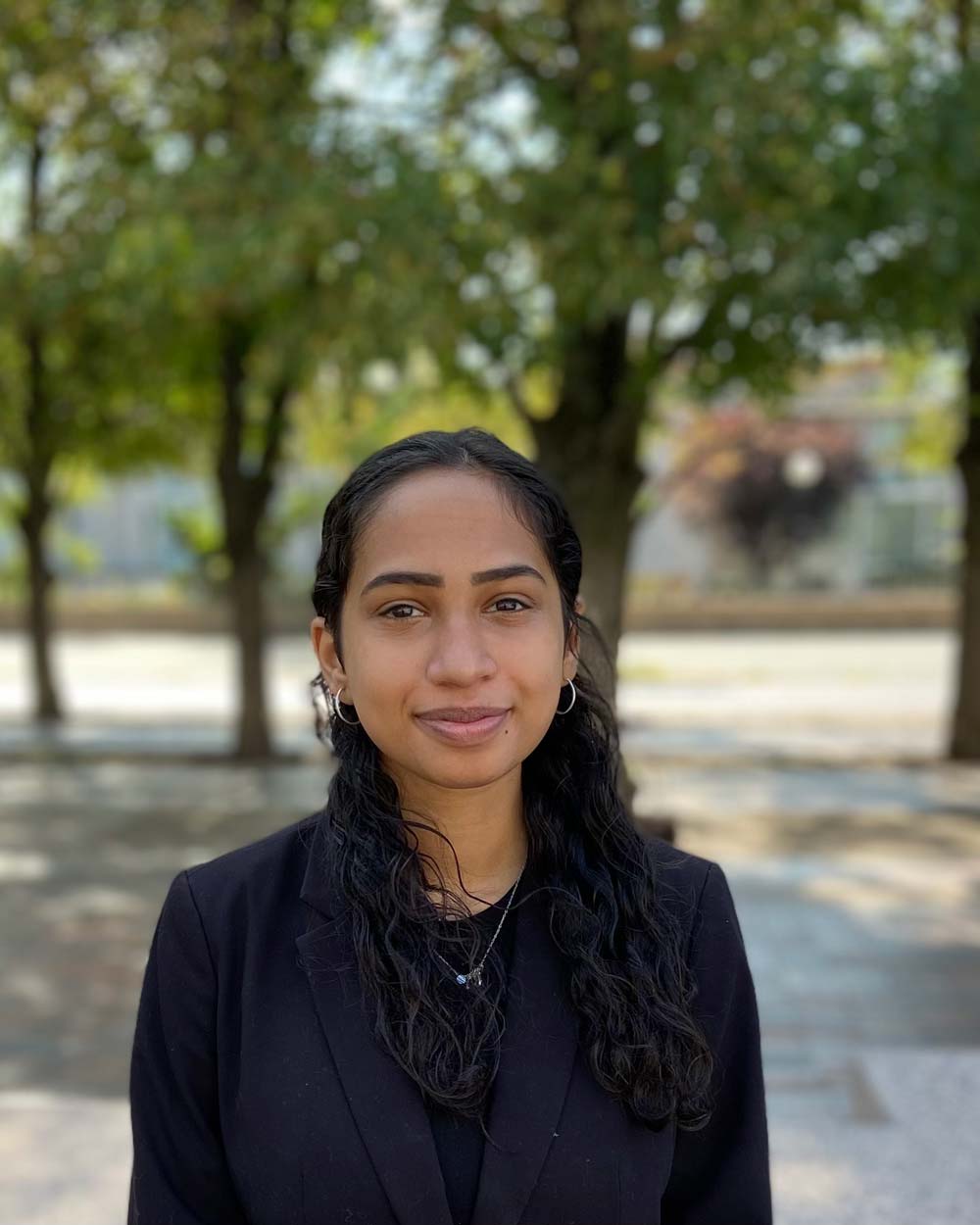 Aditi Purandare, E’23, “Computer Vision on AMD GPUs to Identify Fish in Videos” Aditi Purandare, E’23, “Computer Vision on AMD GPUs to Identify Fish in Videos”Mentor: Professor David Kaeli, Department of Electrical and Computer Engineering, COE This project aims to develop a reliable, effective video analyzer to identify fish caught in Maine. Video data of the fish will be broken into data sets, which will be used to train, validate, and test neural networks. Graphics Processing Units (GPUs) will be used for efficiency since complex calculations will be performed on large amounts of data. This project will be completed in collaboration with the Roux Institute and Gulf of Maine Research Institute. |
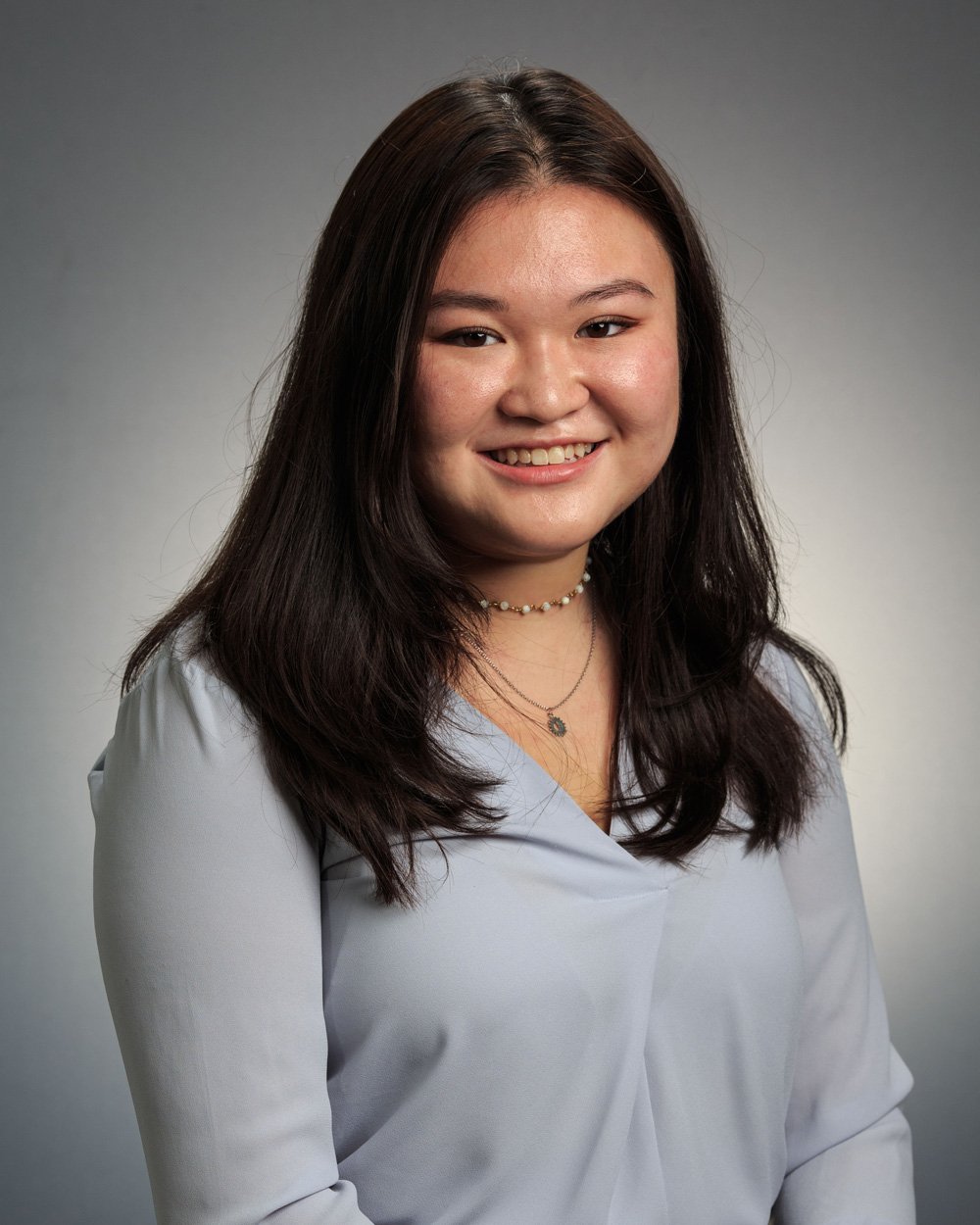 Lily Shi, E’25, “Investigating Properties of Conductive Hydrogels” Lily Shi, E’25, “Investigating Properties of Conductive Hydrogels”Mentor: Professor Ryan Koppes, Department of Chemical Engineering, COE Hydrogels are cross-linked networks of polymers with potential to be used as tissue engineering scaffolds, and can be blended with conductive biomaterials to encourage neural regeneration. Schwann cells are the principal glial cell in the peripheral nervous system, playing a crucial role in supporting regeneration. The objective of this project is to study these support cells to better understand the role conductive biomaterials play in facilitating neuron growth. The distance traveled and speed of movement of SCs will be compared between conductive and non-conductive hydrogels. It is expected that SCs seeded in conductive material will experience an increase in migration. |
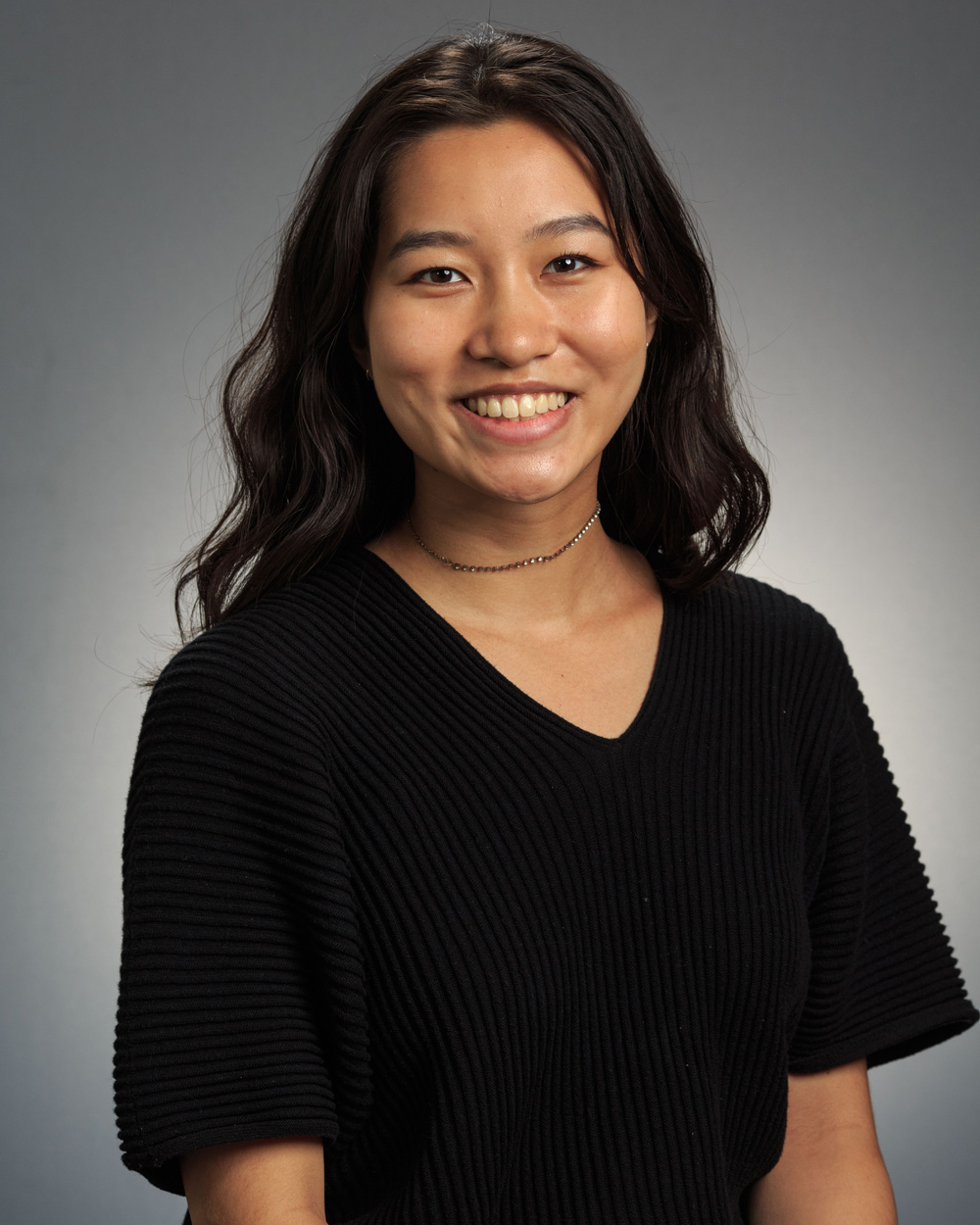 Jocelyn Zhu, E’22, “Building Resilient Supply Chains for Pharmaceutical Products” Jocelyn Zhu, E’22, “Building Resilient Supply Chains for Pharmaceutical Products”Mentor: Professor Özlem Ergun, Department of Mechanical and Industrial Engineering, COE Drug shortages increasingly afflict pharmaceutical supply chains across the world, creating risk to public health and incurring costs to healthcare systems. This project seeks to map the behavior of actors in the pharmaceutical supply chain, understand the drivers for drug shortages, and propose methods for measuring the success of a resilient pharmaceutical supply chain. To do so, operations research methods will be researched to begin the development of a mathematical model simulating supply chain disruptions and stakeholder decision-making. This research will be shared as a part of the NSF-funded project RAPID: Rapid Monitoring and Assessment of Critical Pharmaceutical Supply Chains. |
| SUMMIT AWARDS |
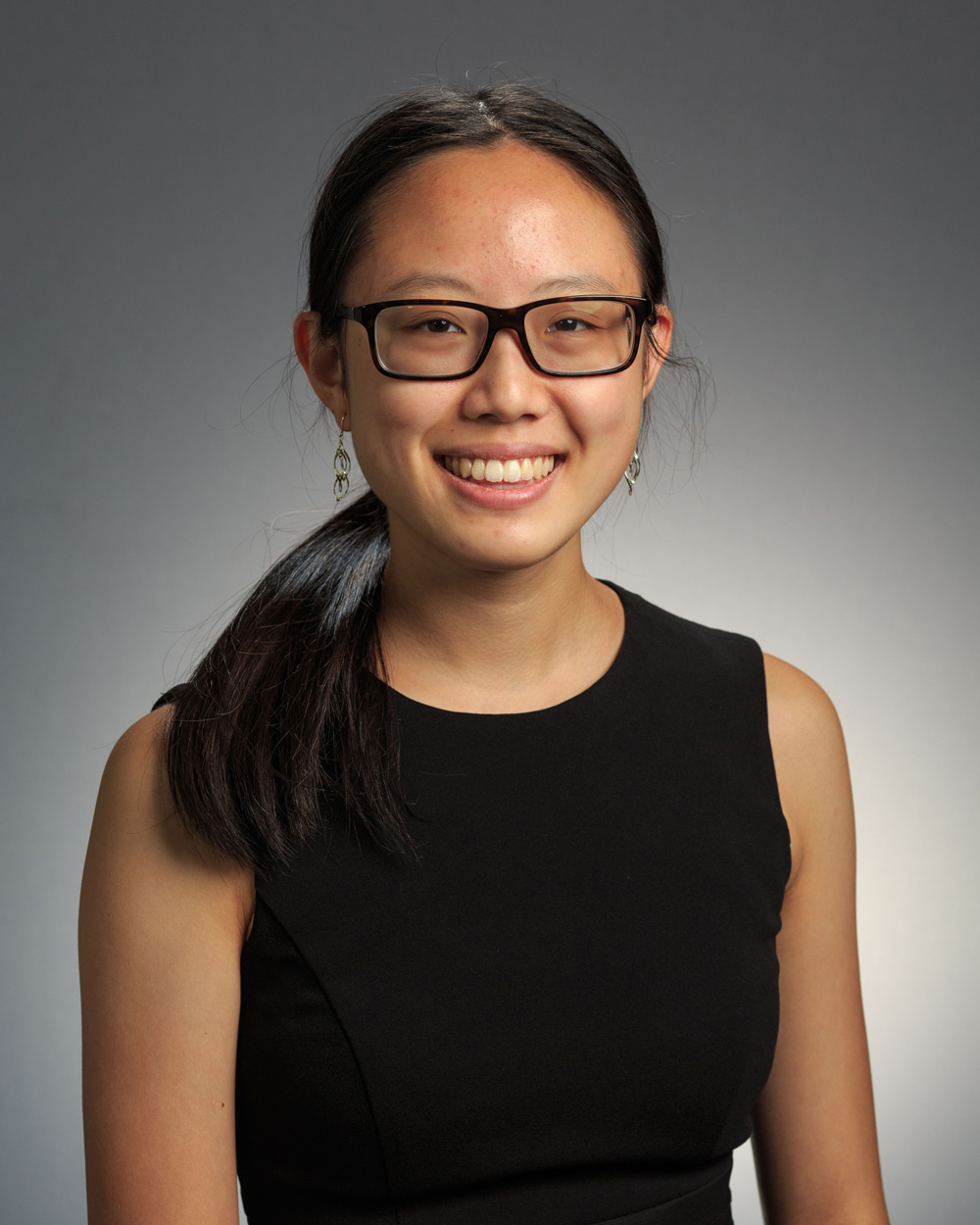 Amanda Dee, E’23, “Developing a Synthetic Biology Tool to Regulate Alkaloid Biosynthesis in C. Roseus” Amanda Dee, E’23, “Developing a Synthetic Biology Tool to Regulate Alkaloid Biosynthesis in C. Roseus”Mentor: Professor Carolyn Lee-Parsons, Department of Chemical Engineering, COE C. roseus produces two important anticancer compounds, but current production methods are unstable, and the compounds are produced in very low amounts. If we can engineer the plant’s natural metabolism, we can increase production of these vital pharmaceuticals. In my project, I am developing a synthetic biology tool to target multiple regulators of the compound synthesis pathway and analyzing expression via UPLC. I will be presenting at the American Society of Plant Biologists’ 2022 conference, and I hope to present at RISE as well. I am also working towards co-authorship on multiple papers. |
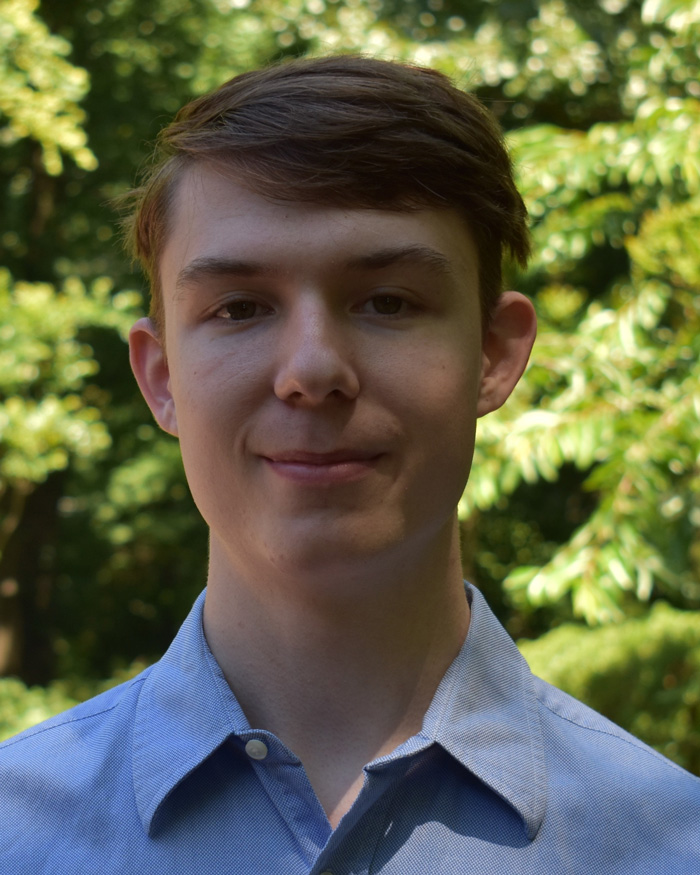 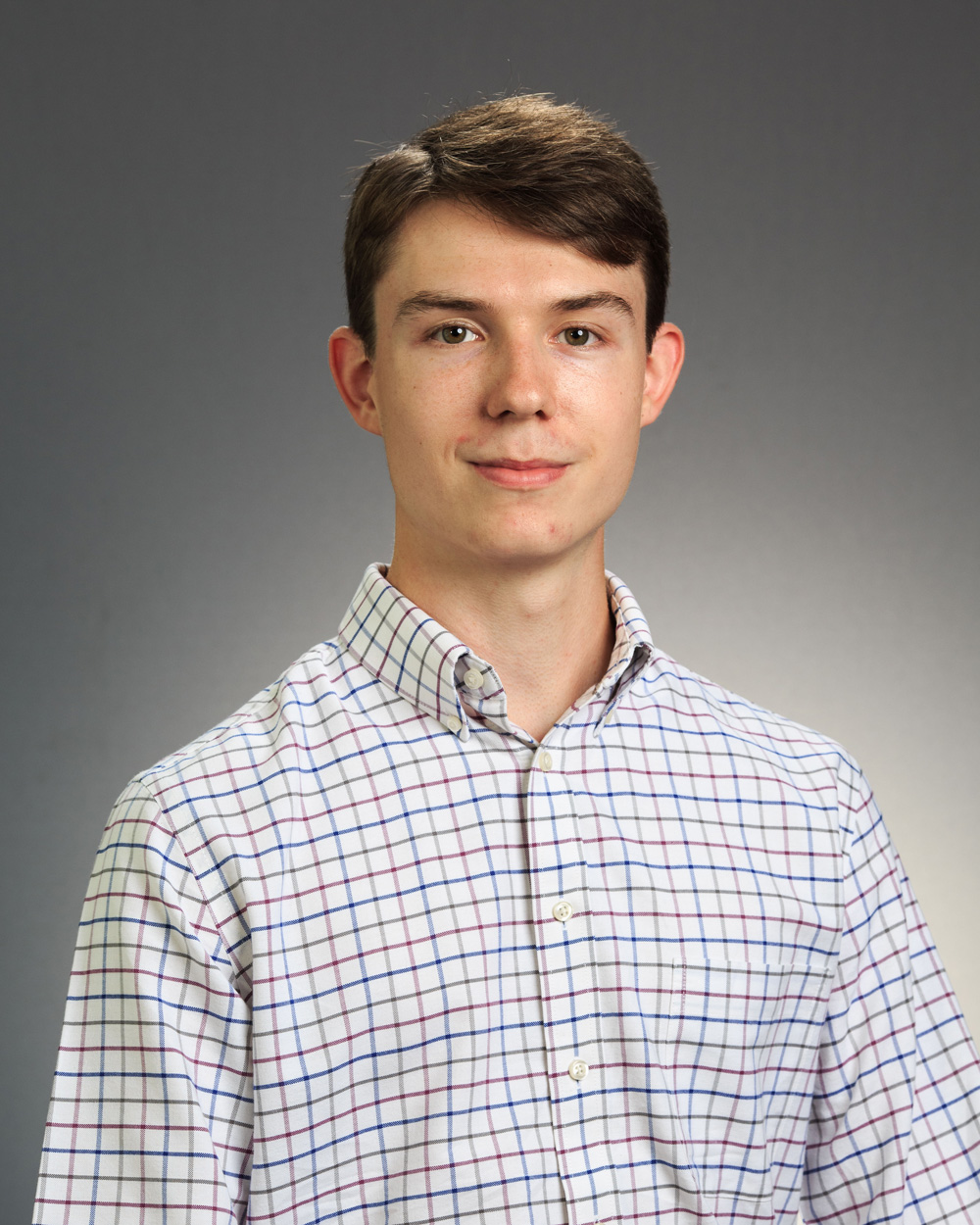 Bjorn Kierulf, E’24 and Ryan Rivard E’23, “Inquiries into Moment Forces of Rocket Airframes in Subsonic and Supersonic Flight” Bjorn Kierulf, E’24 and Ryan Rivard E’23, “Inquiries into Moment Forces of Rocket Airframes in Subsonic and Supersonic Flight”Mentor: Professor Andrew Gouldstone, Department of Mechanical and Industrial Engineering, COE This project seeks to explore the forces and moments acting on and within a rocket during flight. These are very hard to predict, so we plan to directly measure forces within the rocket. These forces are important to quantify in order to do structural analysis on components in the rocket. At supersonic velocities, the aerodynamic forces on rockets become extreme; it is important to measure and predict them to ensure safe future flights. Doing this measurement will inform future rocket designs, including a liquid fueled rocket. All of this will be done using student-built rockets, as a student-led group. |
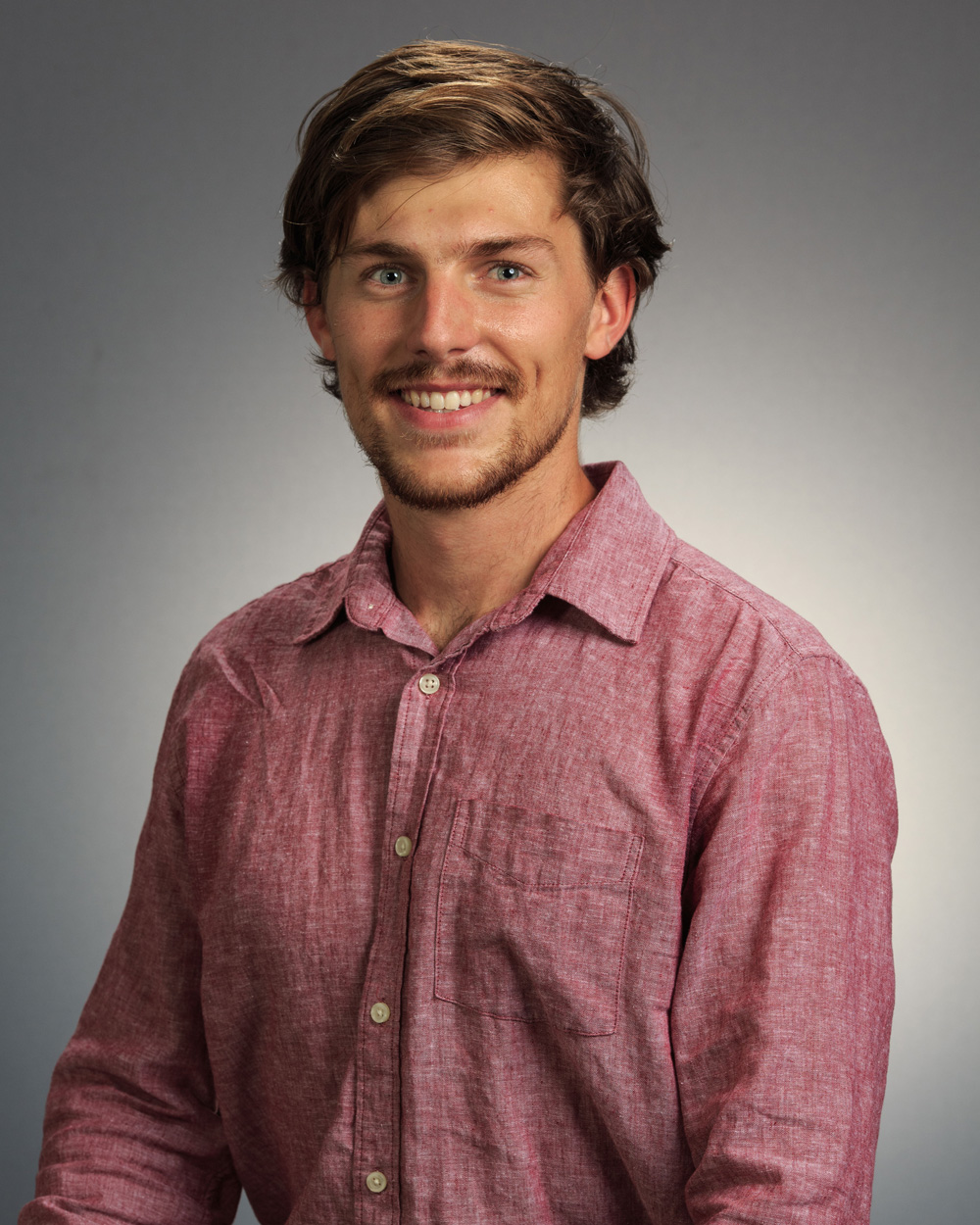 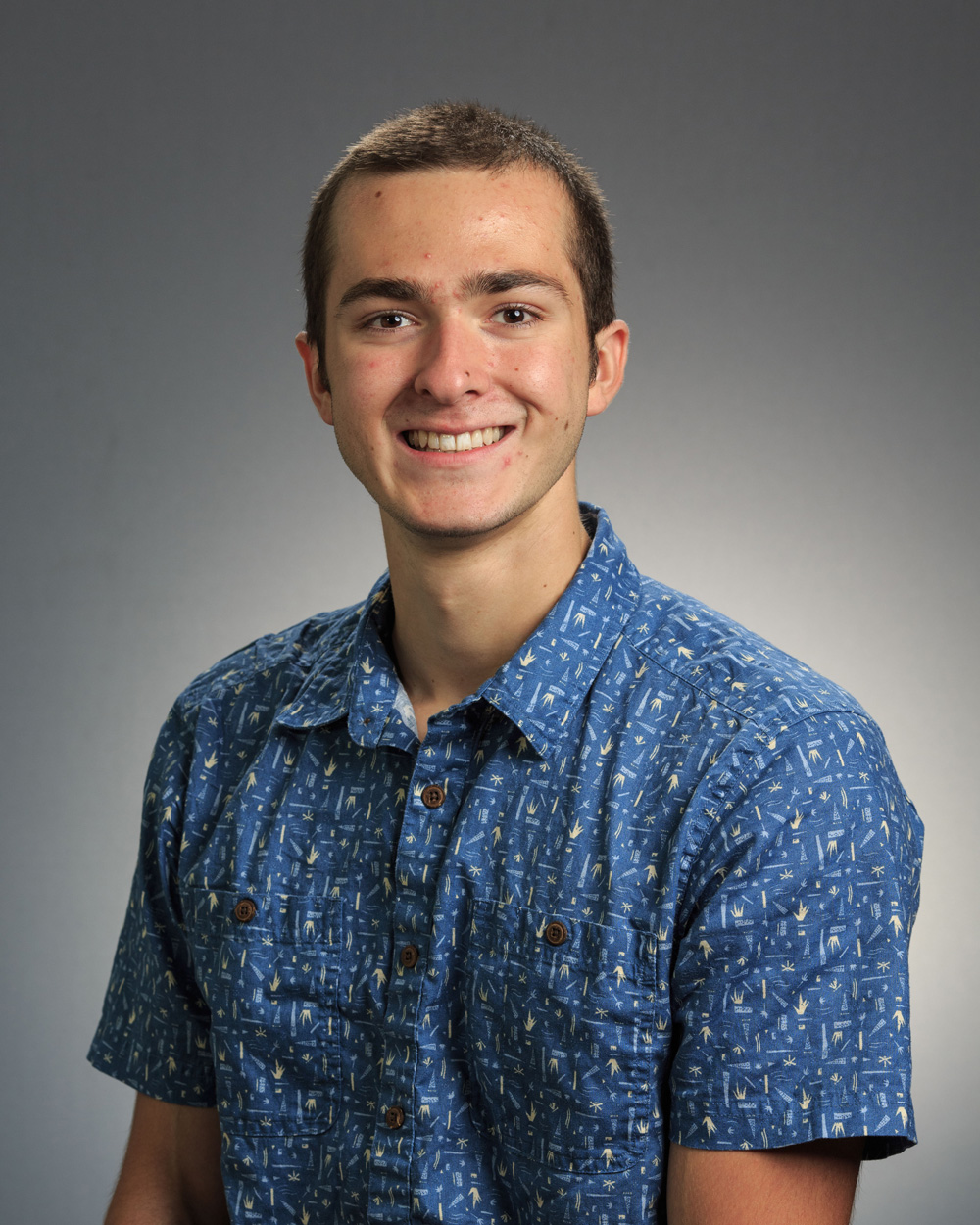 Chase Leffers, E’24 and Alexander Anderson, S’23, “PLA Filament Recycler” Chase Leffers, E’24 and Alexander Anderson, S’23, “PLA Filament Recycler”Mentor: Professor Tom Consi, Department of Electrical and Computer Engineering, COE The goal of the PLA filament recycler is to design, develop, and build a desktop device that takes waste PLA in and extrudes 3D printer filament as a product. This will reduce the waste generated by 3D printers, lower the cost, and increase vertical integration of home manufacturing. This project takes inspiration from existing products and applies the scientific method to optimize the quality of recycled PLA, reduce costs and decrease difficulty of use for consumers. The outcome of this project will be a tool that further empowers home manufacturing by reducing dependency on supply chains and cost to consumers. |
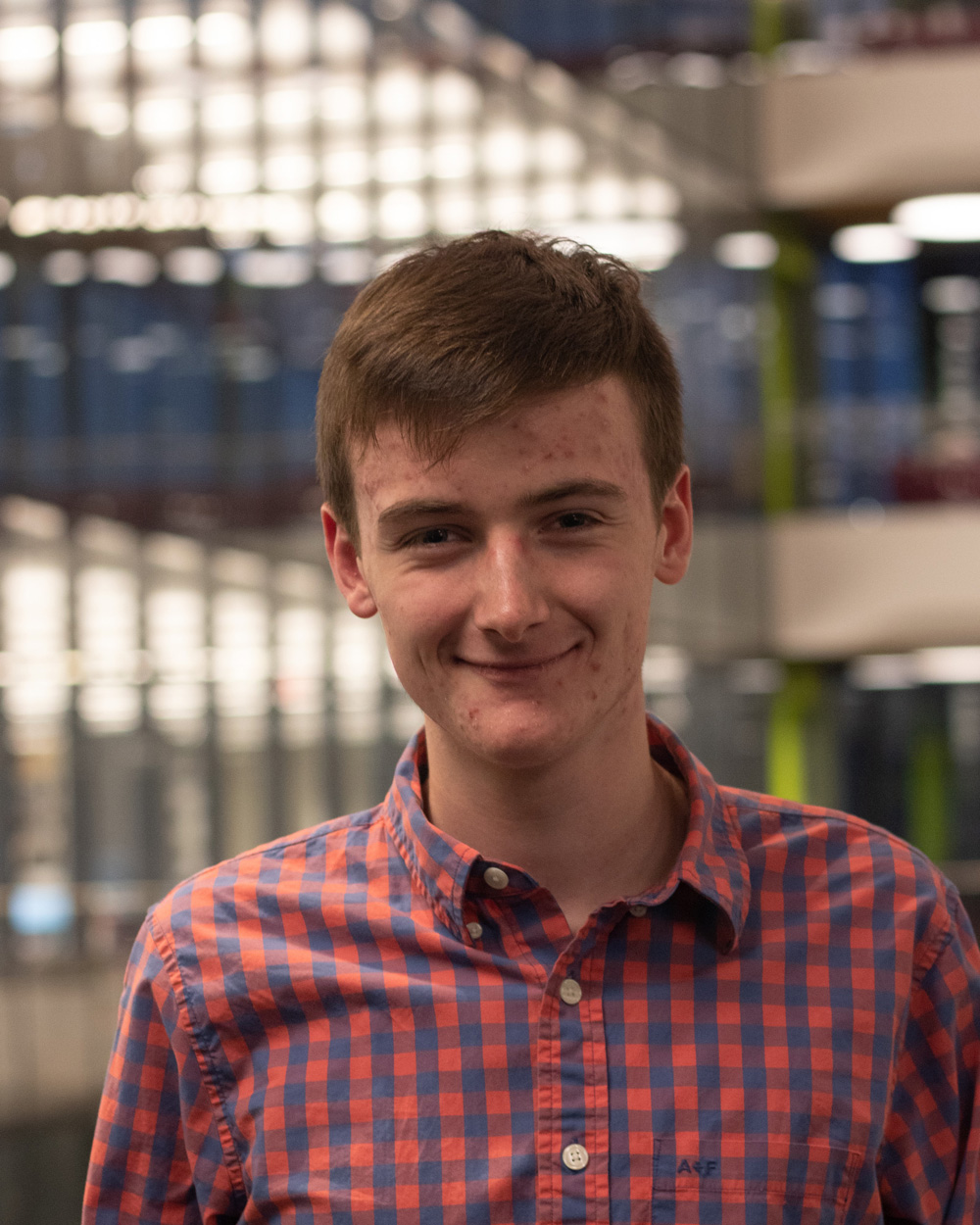 Tyler Locke, S’23, “Conformational Changes of Surfactant Protein B Due to the Alveolar Air-Water Interface” Tyler Locke, S’23, “Conformational Changes of Surfactant Protein B Due to the Alveolar Air-Water Interface”Mentor: Professor Mona Minkara, Department of Bioengineering, COE Surfactant Protein B(SP-B) is a vital component of pulmonary surfactant, a complex lipid-protein system which allows for proper lung function. Although it is known to be functionally important, an experimentally determined structure for SP-B has not been found. Using comparative modeling and molecular dynamics simulation, we have developed a model for this protein to study its structural and functional properties. These techniques will allow us to examine changes in the structure of SP-B that may influence its function. Findings from this investigation will be compiled into a paper for journal publication and presented at the 2022 RISE conference. |
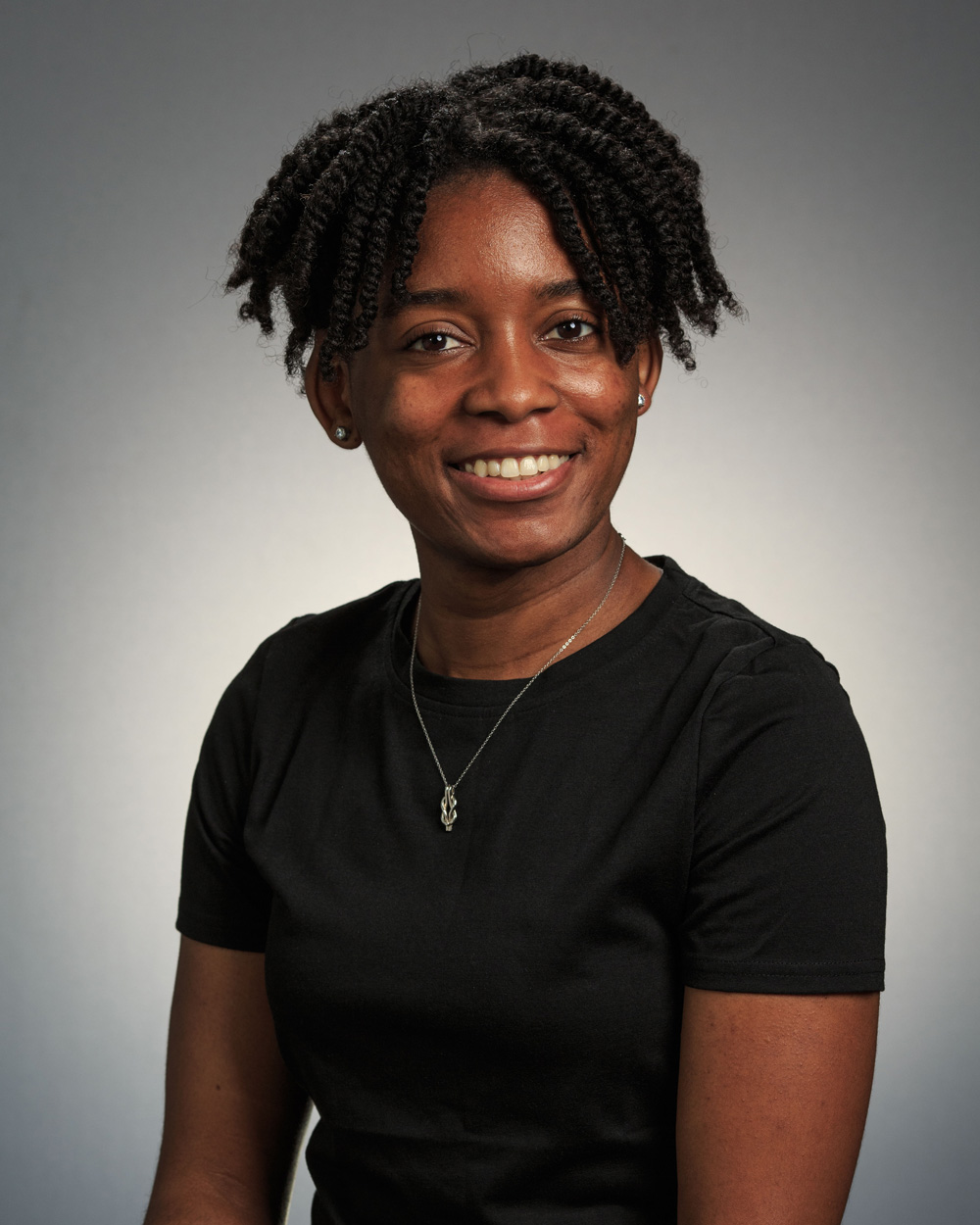 Jenise Martinez, S’22, “Can p75NTR Expression Be Regulated via Electrical Stimulation?” Jenise Martinez, S’22, “Can p75NTR Expression Be Regulated via Electrical Stimulation?”Mentor: Professor Rebecca Willits, Department of Chemical Engineering, COE This project investigates whether p75ntr expression can be regulated on Schwann cells via electrical stimulation. Pan-neurotrophin receptor 75 is a transmembrane protein that binds to all neurotrophins and plays a role in cell survival, death and differentiation. Neurotrophins regulate and maintain the function and development of the nervous system. Electrical stimulation has been used as a therapeutic treatment in a variety of systems including increasing dermal fibroblasts migration. Our data will be analyzed using flow cytometry, qPCR, western blot and Jess. The project data will be formatted into a research poster to be presented at RISE and other conferences. |
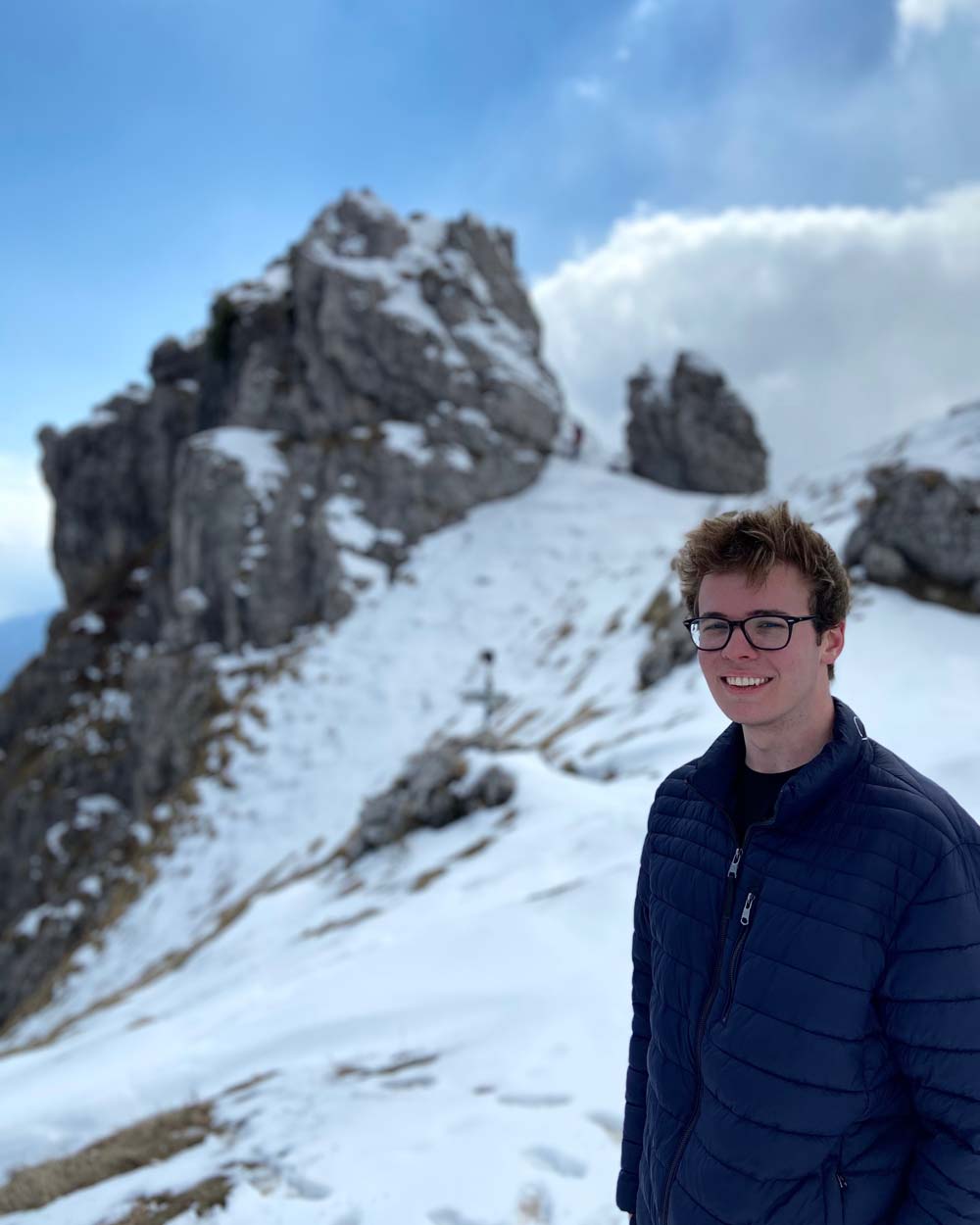 Christopher Owen, E’22, “Understanding the Formation Mechanisms of Bismuth Modified MnO2 Alkaline Battery Electrodes Using GITT Potential Analysis” Christopher Owen, E’22, “Understanding the Formation Mechanisms of Bismuth Modified MnO2 Alkaline Battery Electrodes Using GITT Potential Analysis”Mentor: Professor Joshua Gallaway, Department of Chemical Engineering, COE There is an urgent societal need for safe, scalable, low-cost energy storage technologies capable of sustaining the power grid at times when renewable power sources cannot. Rechargeable alkaline Zn/MnO 2 batteries use safe, non-toxic, and inexpensive materials but undergo irreversible phase changes over time that prevent re-charging. Recently, bismuth modification of MnO 2 cathodes has been shown to dramatically reduce the formation of these phases. This project seeks to understand the molecular and electrochemical mechanisms that allow bismuth ions to enhance capacity retention using the Galvanostatic Intermittent Titration Technique (GITT) for scholarly publication and communication of results at research conferences such as RISE. |
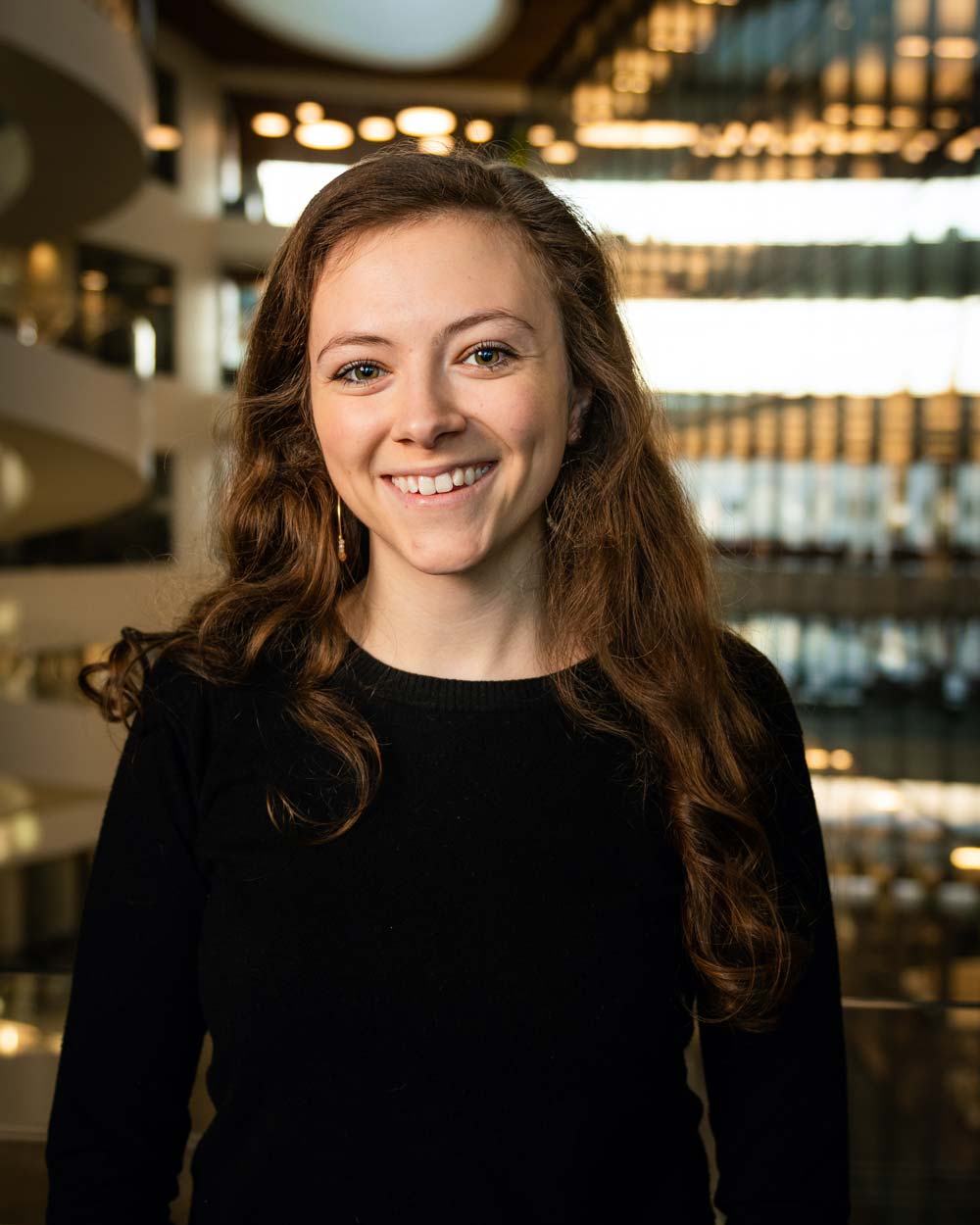 Victoria Robbins, E’22, “Low Energy Environmental Alternatives for Purifying Strategically Limited Rare Earth Metals: Characterization of Sodium & Potassium Mixed Halide Systems” Victoria Robbins, E’22, “Low Energy Environmental Alternatives for Purifying Strategically Limited Rare Earth Metals: Characterization of Sodium & Potassium Mixed Halide Systems”Mentor: Professor Ron Willey, Department of Chemical Engineering, COE I will be creating a molten salt electrolyte solution in order to develop processes for separating critical rare earth metals. To do so, I will characterize sodium and potassium mixed halide systems in a series of stability and conductivity tests. The significance of this project is enabling a low-energy method of rare earth metal separation. Rare earth metals are crucial for renewable energy technologies, such as wind turbines and electric vehicles. This research will yield a low-temperature electrolyte solution with smaller energy consumption than current processes. Results will be shared at one of Northeastern’s Society of Women Engineers’ chapter meetings. |
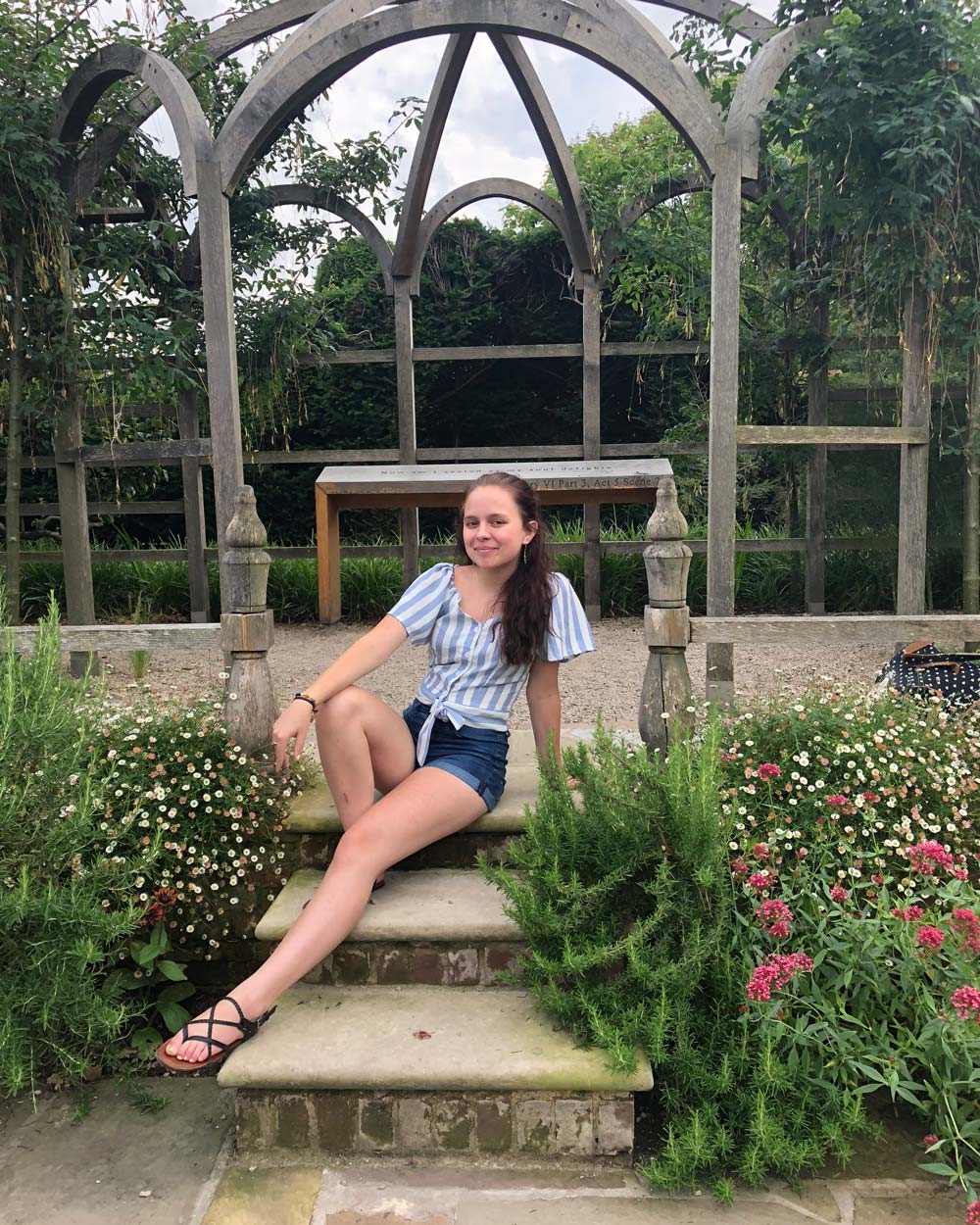 Juliet Trautman, E’22, “Evaluating the Combinatorial Effects of Important Transcription Factors on Alkaloid Biosynthesis in C. roseus” Juliet Trautman, E’22, “Evaluating the Combinatorial Effects of Important Transcription Factors on Alkaloid Biosynthesis in C. roseus”Mentor: Professor Carolyn Lee-Parsons, Department of Chemical Engineering, COE The plant Catharanthus roseus produces the important terpenoid indole alkaloids (TIAs) vinblastine and vincristine through a complex metabolic pathway. Several important transcription factors have been identified in the upstream TIA pathway. While their individual effects have been documented, there is little data about overexpression of multiple at once. This project seeks to further the understanding of independent and combinatorial effects of transcription factors on production of TIAs, as well as prove that four transcription factors can successfully be overexpressed in a single plasmid through transient tissue transformation. |
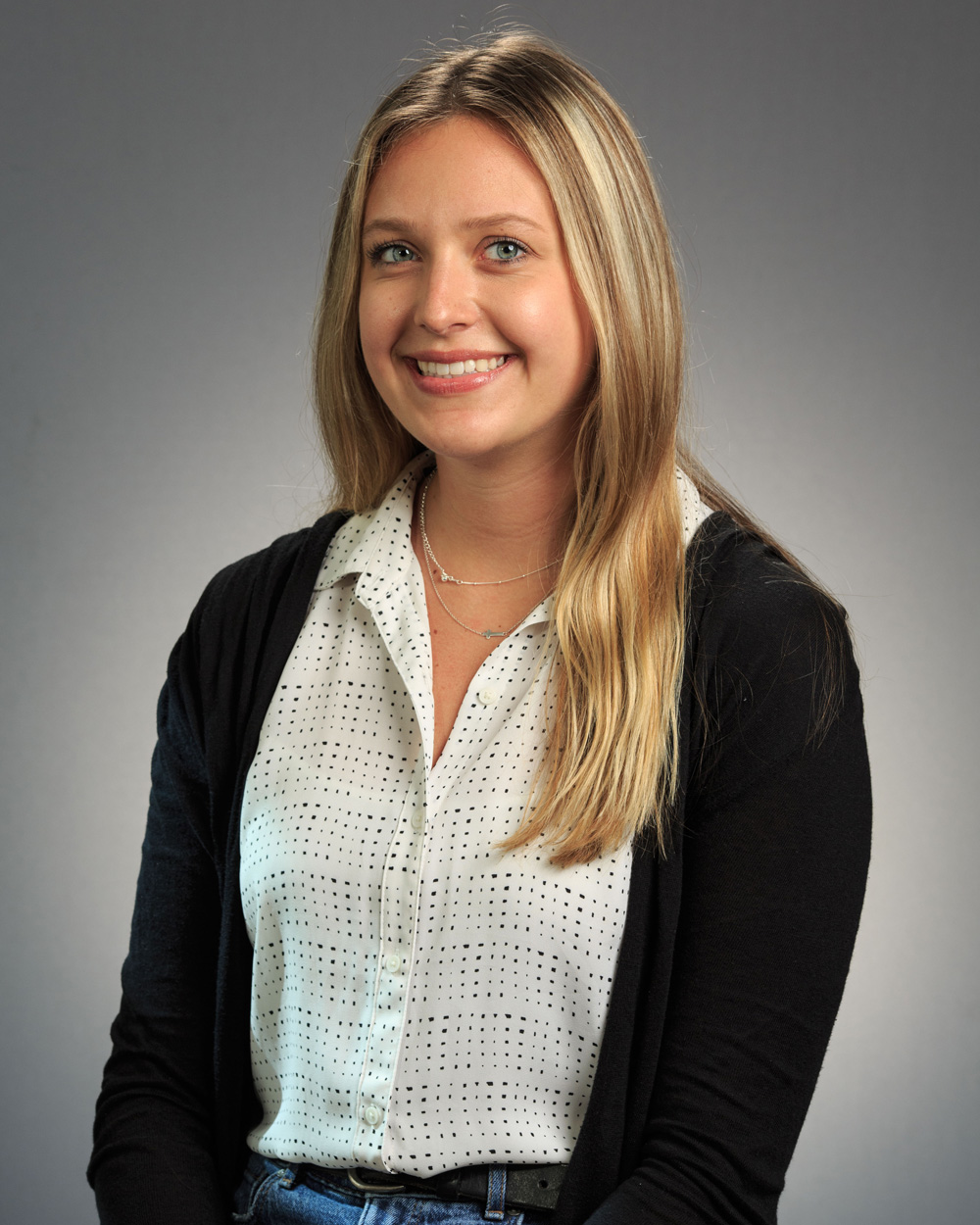 Kamila Wawer, E’22, “Development of NMC/LFP Blended Cathodes for Lithium-Ion Development” Kamila Wawer, E’22, “Development of NMC/LFP Blended Cathodes for Lithium-Ion Development”Mentor: Professor Joshua Gallaway, Department of Chemical Engineering, COE The need for renewable energy is rapidly increasing, and the optimization of Lithium-ion batteries is critical for the industry due to its high power and energy capability. Lithium-nickel-manganese-cobalt-oxide (NMC) is a favored active material in electric vehicles (EVs) because of its high voltage range. Lithium-iron-phosphate (LFP) is not as commonly used due to its lower voltage range but exhibits promising cycle life. This research will focus on making cathodes with a blend of NMC and LFP. Following electrochemical analysis, the data should exhibit features from both species. The results will be shared through a poster presentation and potential paper. |
 Erika Wheeler, E’22, “Characterization of Sex-based Differences in the GI Tract of IBS and IBD Samples” Erika Wheeler, E’22, “Characterization of Sex-based Differences in the GI Tract of IBS and IBD Samples”Mentor: Professor Abigail Koppes, Department of Chemical Engineering, COE The purpose of this project is to investigate and characterize differences in epithelial tissue of the gastrointestinal (GI) tract of male and female samples. There is limited research in understanding the biological differences between male and female to explain the pathological differences in IBS and IBD patients. This research would be novel to the ABNEL laboratory and the scientific community overall. I will receive male and female human organoid plates to model the epithlial tissue. I hypothesize the female samples will have higher levels of pro-inflammatory cytokines such as TNF-a, IL-1B, and IL-6 than male samples. |